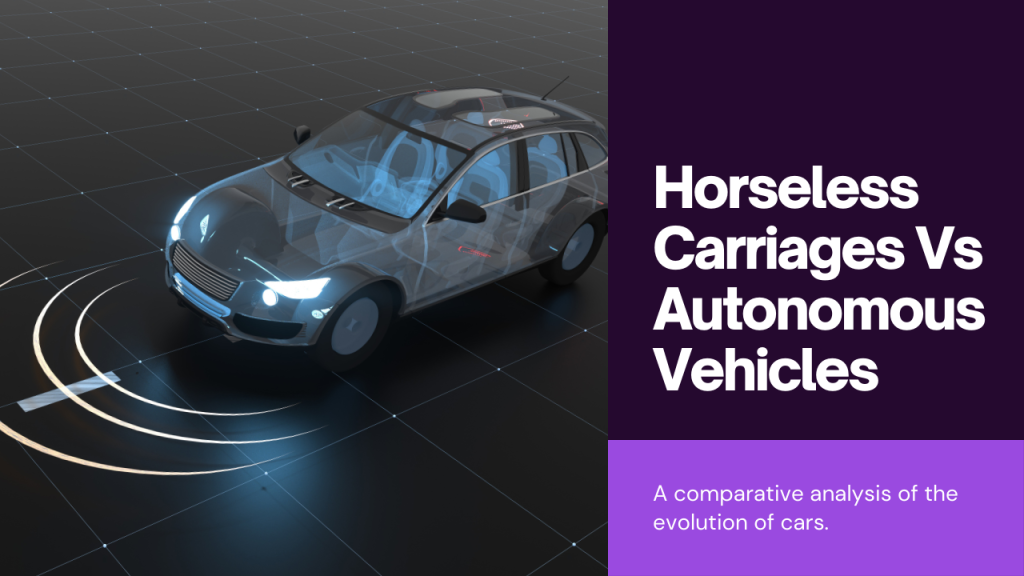The development of autos from the first horseless carriages in history to the cutting-edge autonomous cars of the future is evidence of both technological improvement and human inventiveness. Even if vehicles today and in the past have the same basic function of transportation, they differ greatly from one another.
In contrast to the sophisticated automobiles of today and tomorrow, cars of the past were straightforward mechanical devices with limited functionality. Many of the conveniences and safety features found in modern cars, such airbags, seat belts, and GPS systems, were not present in early vehicles. Furthermore, gasoline-fueled internal combustion engines, which were a feature of older cars, contributed to pollution and environmental deterioration.
On the other hand, future automobiles have the potential to completely alter the way we view transportation. The efficiency, safety, and sustainability of cars in the future are expected to increase with the development of electric and autonomous vehicle technologies. Because they use fewer fossil fuels and have a smaller environmental impact, electric vehicles (EVs) are becoming more and more popular. Furthermore, by doing away with the necessity for human drivers and lowering the number of accidents brought on by mistake, autonomous vehicles hold the potential to completely transform mobility.
But these developments also bring with them new difficulties and things to think about. Concerns around data privacy and cybersecurity, as well as the infrastructure required to enable the mass adoption of electric and driverless vehicles, need to be addressed. Further, the shift to future cars will necessitate large industry collaboration and investment.

